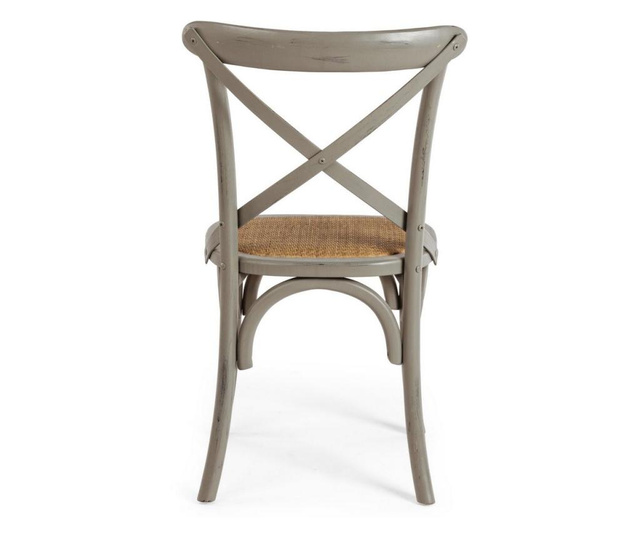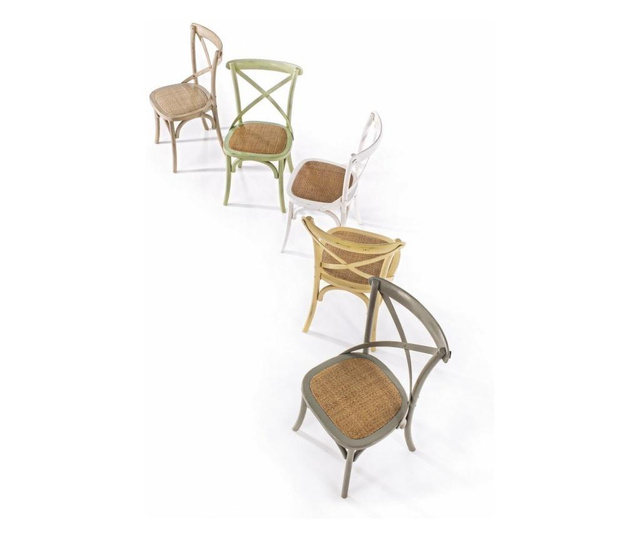
Eladó Antik Kanapé, Székek Jardin Fehér Alkalmi Tervező Szék Északi Emelet Articulos Para El Hogar Nappali Dekoráció < Nappali Bútorok > Sorvipuu.fi

Fa-alumínium Rattan étkező szék új Design gyártók francia antik stílusú - vásárlás kedvezmény francia bisztró szék - egyszerű bútorok

Fa-alumínium Rattan étkező szék új Design gyártók francia antik stílusú - vásárlás kedvezmény francia bisztró szék - egyszerű bútorok

Eladó rattan szék | Galéria Savaria online piactér - Vásároljon vagy hirdessen megbízható, színvonalas felületen!

Kert Antik étkező Székek Helytakarékos Fekete Fém Lábak Tervező Lusta Szék Társalgó Várja Silla Plegable Belső Bútorok kedvezmény < Étkező bútorok / www.parket-en-laminaat.be

Eladó rattan szék | Galéria Savaria online piactér - Vásároljon vagy hirdessen megbízható, színvonalas felületen!

Rattan betétes karosszék, garnitúra része - Bútor | Galéria Savaria online piactér - Vásároljon vagy hirdessen megbízható, színvonalas felületen!












.jpg)





